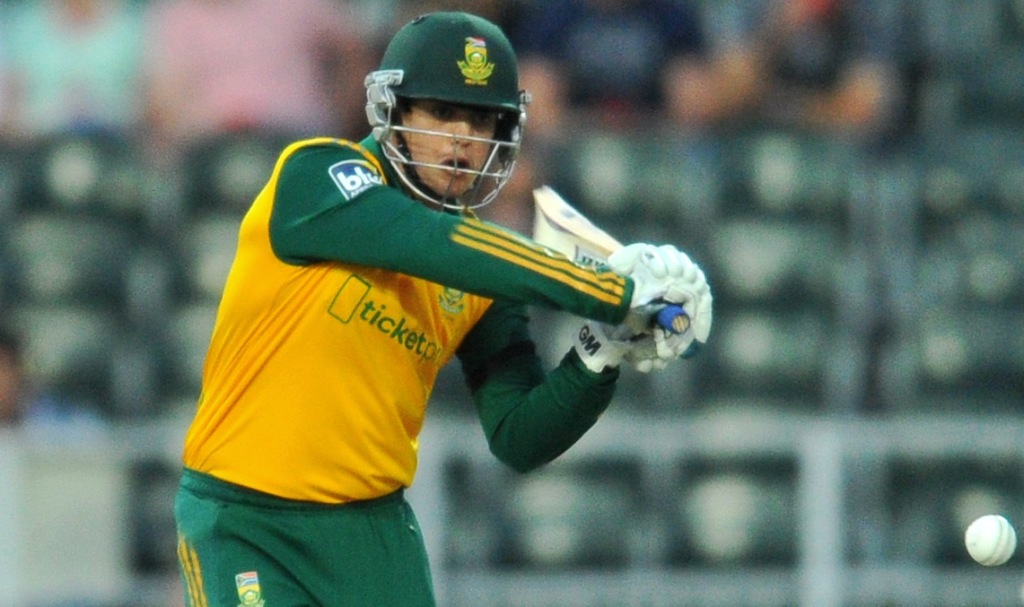The World Cup is over and Australia are the champions. Kobus Pretorius picks five things we learned from the 2015 tournament.
1. This wasn’t one of the best World Cups ever
Not by a long shot. There were not enough close games, even between the Test playing nations, which made this a very one-sided World Cup. Only three teams were comfortably better than the rest: Australia, New Zealand and India. The rest were sporadically dazzling, but the gulf between bat and ball was way too big in this tournament and it led to some massive totals and winning margins. In the end there were not enough competitive matches that went down to the wire. Mitchell Starc being named Player of the Tournament was justified, because not only the bats but also the pitches and small fields, especially in New Zealand, conspired against the bowlers.
2. Too long
Nothing new, but the length of the World Cup is really something the ICC need to urgently rethink. Reducing the tournament to only 10 teams will automatically make it shorter so that’s a start. There are also too many days, sometimes a week, for some teams between games which is way too long. Teams like South Africa and India started the tournament only playing on weekends. Ideally, there shouldn’t be more than three to five days between matches for any team.
3. No place for the Associates…for now
Former players have come out and said the Associate teams should not be excluded from the next tournament, but there isn’t a convincing argument to keep them. Ireland were the only Associate nation to register some sort of an ‘upset’ when they beat the West Indies, but other than that it was very one-sided. Talks of expanding the game by having the Associates in the tournament is flawed because for four years we never see them and then suddenly they pop up at the World Cup and are expected to perform well and beat big teams. Until the ICC can find a way for them to be part of the global calendar in between World Cups, the Associates should not be part of the World Cup. As it stands now, they are only making up the numbers and not adding enough value.
4. Australia are back
Their lean patch, compared to the period they dominated between 1999 and 2007, seem to be over. Australia have a young squad and a well-balanced one at that. In David Warner, Steve Smith and Glenn Maxwell they have batsmen who can dominate any bowling attack, while Mitchell Starc and Mitchell Johnson form an intimidating left-arm fast bowling duo. The Aussies are back and they mean business.
5. Know your best XI
Of the four semi-finalists, only South Africa never really knew who their best XI was and it showed. Australia, New Zealand and India had great consistency in selection, although admittedly they had fewer injuries. Still, South Africa didn’t have a settled team going into the tournament. The number seven batting position remained a point of contention throughout the World Cup. Farhaan Behardien, Wayne Parnell and Kyle Abbott were in and out of the side from week to week, a problem that was compounded by Quinton de Kock’s poor form. South Africa couldn’t trust their top six to get the runs, which meant the fifth bowler was routinely exposed bar the quarter-final against Sri Lanka. Parnell, the only genuine all-rounder in the squad, was never backed after a poor showing against India and there was no alternative. The selectors also failed to include a proper second wicketkeeper in the squad, since AB de Villiers was never going to take over except if De Kock succumbed to injury. It was a gamble that backfired, and should never have been allowed to happen. The selectors should take as much blame for this World Cup showing as the players.







